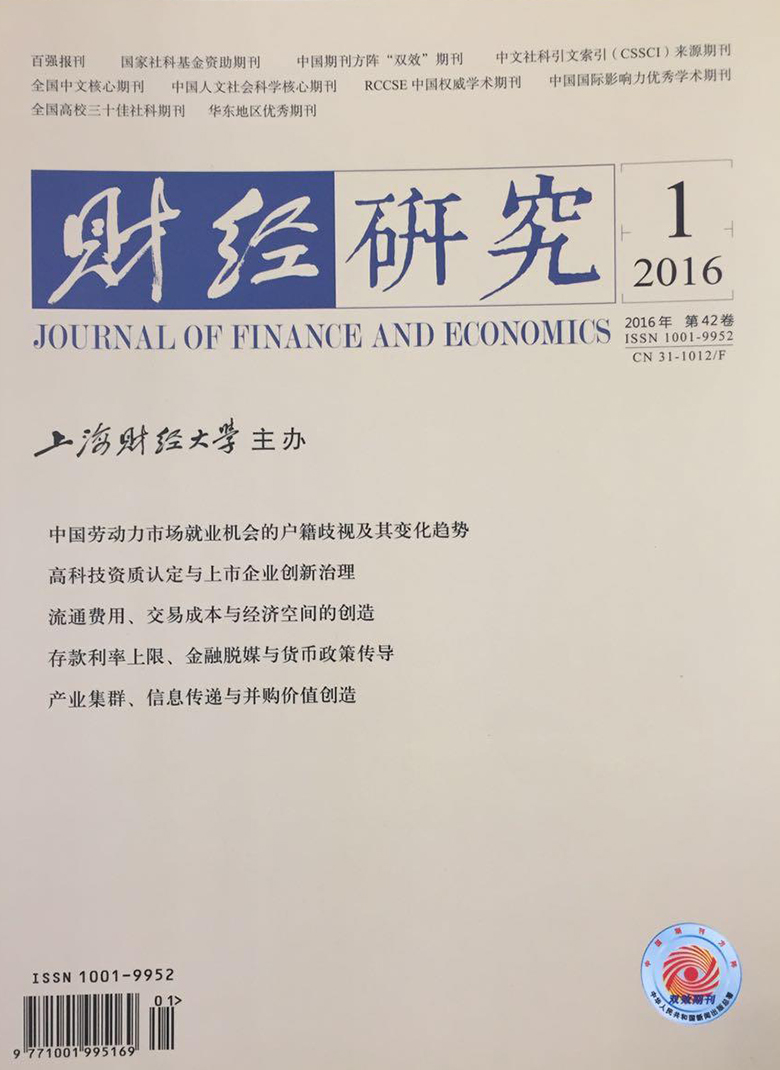This paper builds a dynamic stochastic general equilibrium(DSGE) model which contains the wealth effect of the stock market and a steady-state rate of dividends,and uses extended Taylor rule of money policy to investigate money policy the central bank facing technology,interest rates and stock market shocks should formulate to maintain outcomes,prices and stock market stable and reduce social welfare losses as much as possible.The results show that monetary policy taking the volatility of stock prices into account can reduce social welfare losses effectively.Besides,when the central bank has more than one control targets,it requires discretionary policy according to the types of shocks.Facing interest rates shock,the central bank should respond to the volatility of stock prices;and when facing technology and stock market shocks,it makes a tradeoff between each economic variables.
 / Journals / Journal of Finance and Economics
/ Journals / Journal of Finance and EconomicsJournal of Finance and Economics
LiuYuanchun, Editor-in-Chief
ZhengChunrong, Vice Executive Editor-in-Chief
YaoLan BaoXiaohua HuangJun, Vice Editor-in-Chief
Stock Market Volatility, Social Welfare and Monetary Policy Formulation:A Simulated Analysis Based on a Chinese DSGE Model
Journal of Finance and Economics Vol. 42, Issue 01, pp. 93 - 102 (2016) DOI:10.16538/j.cnki.jfe.2016.01.009
Abstract
References
Abstract
Cite this article
Cui Baisheng, Ding Yufeng. Stock Market Volatility, Social Welfare and Monetary Policy Formulation:A Simulated Analysis Based on a Chinese DSGE Model[J]. Journal of Finance and Economics, 2016, 42(1): 93–102.
Export Citations as:
For
ISSUE COVER
RELATED ARTICLES




 9422
9422  6543
6543

